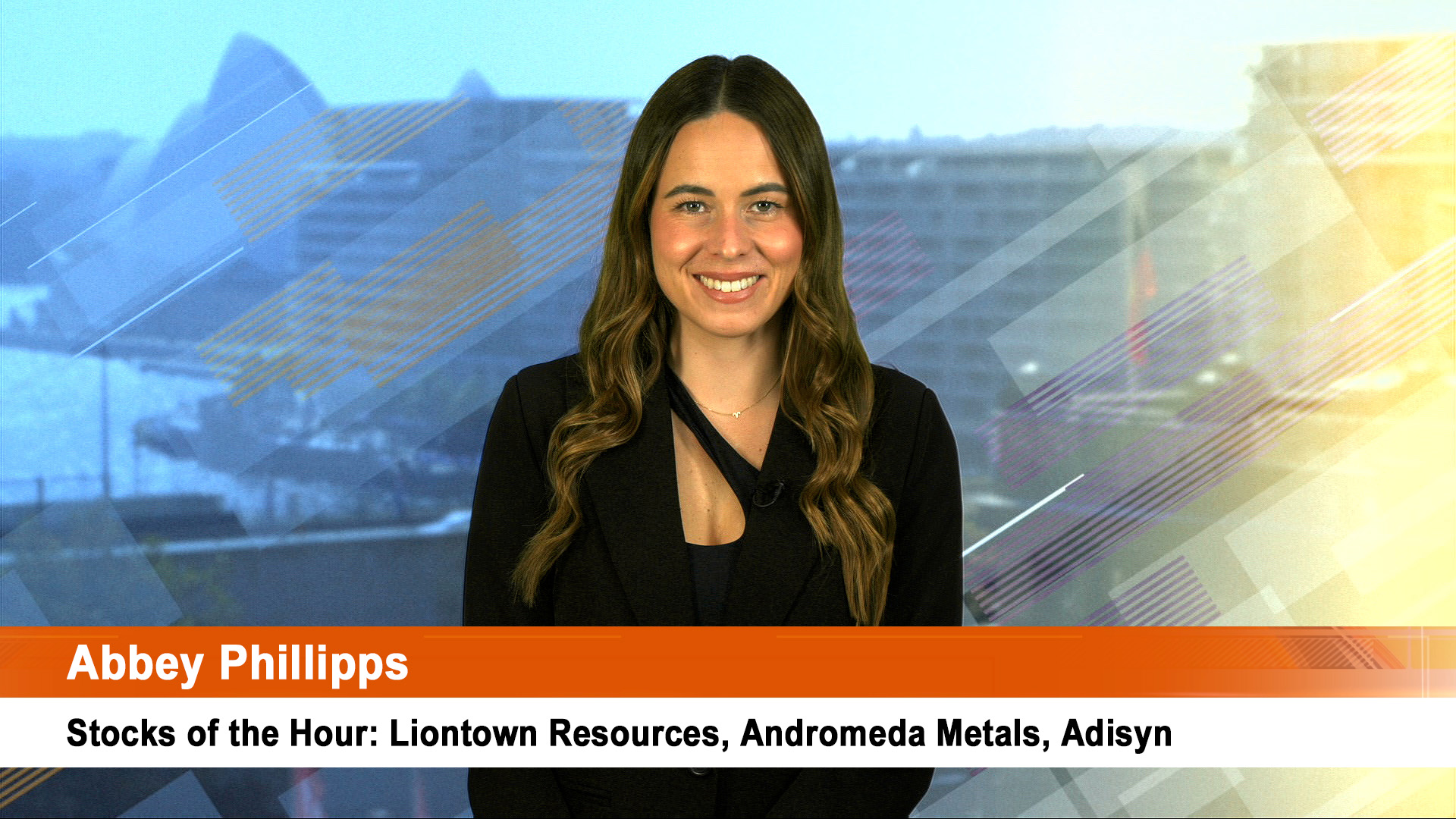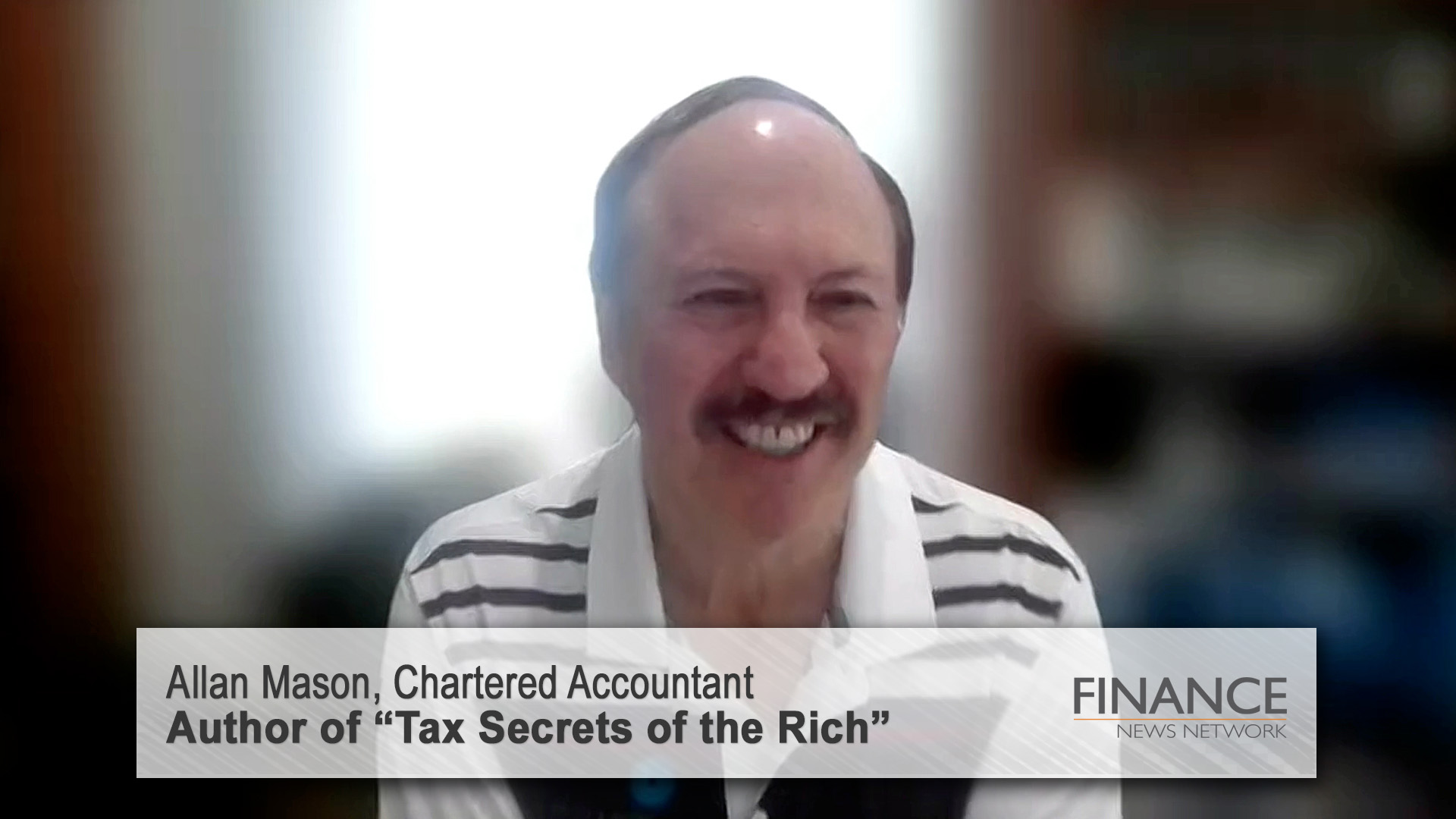The week or so of calm and appetite for risk in financial markets across the world disappeared in a few minutes in the US on Friday night with another very depressing unemployment and jobs report.
The MSCI world equity index fell 2.3%, while European stocks slid 2.5%. Emerging stocks dropped by 1.6 % and Asian markets ended lower on Friday as well.
Gold naturally jumped sharply, but oil eased as did copper.
Stocks on Wall Street and other major exchanges closed down more than 2% after the US Labor Department said employers added no net new jobs last month and July’s total was revised lower.
The biggest reaction came in the US Treasuries market, where the yield on the 30-year bond hit two-and-a-half-year lows on growing bets the dismal data will compel the Federal Reserve be forced to do more to stimulate the economy while the yield on the 10 year bellwether bond dipped under 2% for the second time in a month.
The Dow closed down 253.31 points, or 2.20%, at 11,240.26.
The Standard & Poor’s 500 Index ended down 30.45 points, or 2.53%, at 1,173.97 and the Nasdaq Composite Index was down 66.71 points, or 2.58%, at 2,480.33.
Australian stocks will fall sharply at the opening today, as will other Asian markets, despite losses on Friday.
But with US markets closed tonight for the Labor Day holiday, trading won’t be very well defined until the US traders get back to their desks tomorrow night.
The Share Price Index Future contract fell 63 points to 4174 on Saturday morning.
The dollar slipped back below $US1.07, losing 0.8 USc to last trade at $US1.0645.
On Friday the ASX200 index lost 64.6 points, or 1.5%, at 4242.9. The All Ordinaries index dropped 61.2 points, or 1.4% to 4321.5.
For the week, the ASX200 index added about 1%, making it back-to-back weekly gains after sharp falls marked much of early August.
That looks like being threatened this week.
Jobs will be the centrepiece of the speech on Thursday by President Obama, but it will be all talk and very little action because of the silly political stand-off in the US.
The detail in the jobs report shows the extent of the collapse in the US jobs creation machine and why any policy changes by Obama will only have limited impact, if at all.
Just 17,000 new private sector jobs were created last month, and they were cancelled out by the sacking of 17,000 people in US governments. Wall Street had been looking for 68,000 new jobs (Goldman Sachs said 45,000). A week ago the forecasts were around 125,000.
US economists said that adjusting for these changes; around 23,000 new jobs were probably created last month, which is still terrible: the US needs 150,000 or more new jobs a month for the next year or more, simply to start making a dent in the 14 million or so unemployment and millions more underemployed. The under employment rate is 16.2% compared to the 9.1% jobless rate.
Another complication was the news that US regulators plan to see 17 big US and European banks (including Deutsche in Germany) over miss-selling of subprime mortgages and associated derivatives. It could be a very costly law suit.
In Europe the Stoxx Europe 600 index dropped 3% to close at 231.88 on Friday.
Paris CAC 40 lost 3.6% while London’s FTSE shed 2.3%.
Germany’s DAX 30 index closed down 3.4% to finish at 5,538.33 as Deutsche was the only European lender mentioned.
Greece’s ASE Composite index dropped 4% as talks between the government, the IMF, EU and European Central Bank collapsed, throwing doubt on the next round of financial bailout help for the stricken economy.
Still the Stoxx 600 ended 3.4% higher, despite Friday’s sell-off (which knocked it down 2.4%). It fell 10% in August and will be tested this week.
Bloomberg said that indexes gained in all of the 18 western European markets. The CAC 40 in Paris rose 2%; the FTSE 100 Index added 3.1% and the DAX Index advanced less than 0.1%. Athens’s ASE Index rose 1.3%.
In Asia, the MSCI Asia Pacific Index rose 3.2% last week extending last week’s 0.7% advance. The index fell 14% in August.

Australia was up 1%, The Nikkei in Tokyo added 1.7% and South Korea’s Kospi’s index jumped 5%. The ASX 200 Index added 1% and the Hong Kong Hang Seng index added 3.2%.
The Shanghai Composite lost 1% on Friday and 3.2% over the week.
It was the Shanghai market’s 4th fall in five weeks and came despite encouraging outcomes for the two monthly surveys of manufacturing which showed activity steadying.
India’s Sensex reversed itself after several weak weeks and closed up 6.2% on Friday.
In commodities there was only one product sought, gold, again.
Gold naturally stood out, again with another big rise on Friday to close within sight of the $US1900.00 an ounce range.
Nymex WTI oil futures lost 2.8% on the poor jobs report. Copper again weakened.
Gold jumped $US47.80, or 2.6%, to end at $US1876.90 an ounce in New York.

That’s just $US15 shy of the closing high of $US1891.90 an ounce reached August 22.
On the week, gold jumped 10%.
December silver rose $1.54, or 3.7%, to $43.07 an ounce. Silver gained 5.2% on the week.
December copper declined 4c, or 0.9%, to $4.12 per pound.
Copper rose 0.5% on the week, however.
Wheat, corn and soybeans all ended highe













